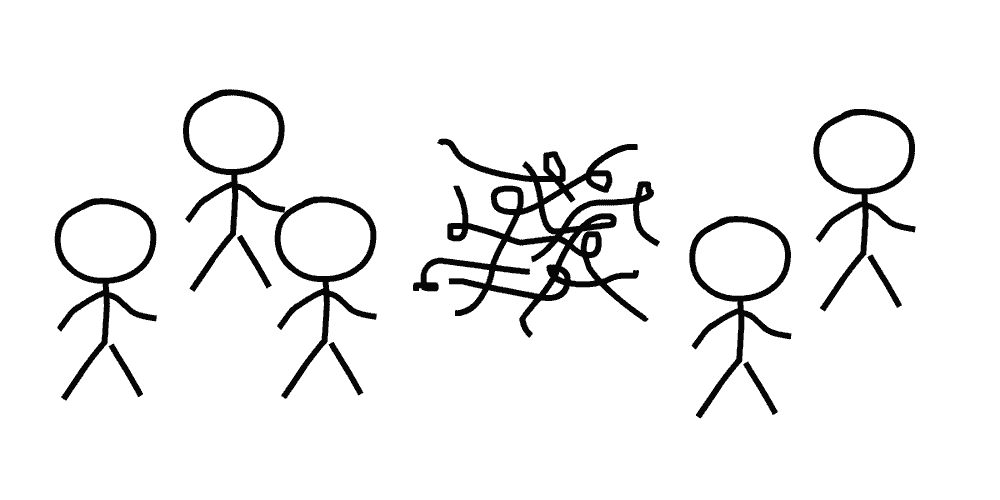Ever met someone (other than an agile coach) that is a fan of the daily stand-up meeting? I haven’t. Yet so many of us buy into the dogma that an agile team must do an in-person stand-up, 5 days a week, forever.
Back when everyone was doing waterfall, agile was revolutionary. It made it really easy to adjust to changing conditions and requirements and allowed a team to review progress and discuss blockers each day. And the daily stand-up was a big part of that.
The issue is that the stand-up hasn’t evolved. And while we no longer use physical boards and ceremoniously move stickies, we still hear from agile zealots that we must stop what we’re doing and meet as a team every day to review progress. Even when we just pull up a digital tool.
But what about distributed teams? With members spanning different continents?
In a world where you can order a car with the push of a button or have your investment decisions automated by AI, we’re forced into an antiquated model for staying in sync with our team.
While it’s only fifteen minutes on paper, stand-ups are often during the most productive time of day - the morning. That means interruption and context switching. Those fifteen minutes just cost a team member forty-five minutes of productivity.
To make matters worse, people aren’t prepared, which means we’re not even getting much value.
So how do we fix things?
We focus on making stand-ups useful again. We take the effective parts of the traditional approach and match them up with automation and flexibility. An approach that works for teams with different schedules, whether they’re co-located or geographically dispersed.
Instead of team members wasting time focusing on ticket updates, we automate that info so they can focus on what’s important - goals, blockers, and celebrating success.
Ticket progress is helpful, but shouldn’t be the focus.
What your team really needs to know is what’s going on with each other, in plain human language. They want to know that Sarah’s goal is to finish end-to-end testing, not that ticket BS-1234 went to the “done” column.
Now imagine if the collection of those updates could be done at the time that works best for each team member. For John, it’s 8:30 while he’s on the train. For Susan, it’s 9:30, when she gets into the office. Trisha, the night owl, gives her update at 1 AM.
Even better, updates are pushed to team members in the tools they use every day: email and Slack.
That’s what we’ve built at Status Hero. It’s our goal to make stand-ups useful again. To make them work in today’s world. Will you join us?

